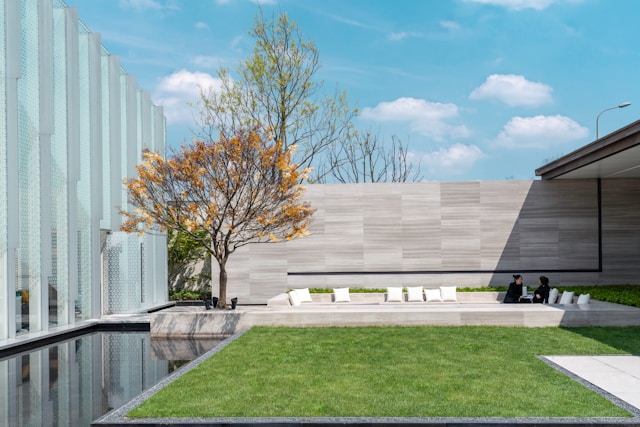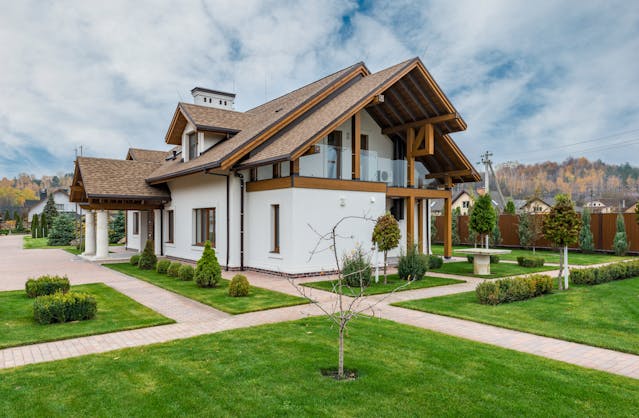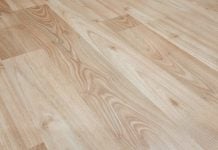When creating a lush and vibrant yard, your grass can make all the difference. With countless varieties available, each possessing unique characteristics suited to different climates, soil types, and uses, making the right selection may seem daunting. However, understanding the distinct features and maintenance requirements of each grass type not only enhances your outdoor aesthetics but also contributes to the health of your environment. This guide will explore the factors to consider when choosing the perfect grass for your yard, ensuring it flourishes year-round while meeting your specific needs.

Maintenance Requirements
Understanding maintenance requirements is essential when choosing the right grass for your yard. Different grass types need different care, from mowing frequencies to watering schedules. Some grasses thrive with little mowing, while others need regular trims for an even look. Additionally, varieties like Sir Grange grass are low-maintenance, ideal for homeowners who want a lush lawn without extensive upkeep.
Another aspect of maintenance to consider is the grass’s tolerance to drought and pests. Grass varieties differ in resilience; Sir Grange grass can do well even with minimal watering, making it a great option for those in drier climates. On the other hand, some grasses may be more susceptible to certain pests and diseases, requiring additional care and treatments.
Climate and Weather Conditions
When choosing the right grass for your yard, consider your local climate and weather. Different grass types thrive in specific environments, so what works well in one region may struggle in another. For instance, cool-season grasses like Kentucky Bluegrass do best in northern climates with milder temperatures, while warm-season grasses like Bermuda are suited for hotter southern areas. Understanding your region’s climate will help you select a grass type that flourishes year-round and maintains its vibrant appearance.
Additionally, rainfall and humidity significantly impact grass health. If you live in an area with heavy rain or high humidity, consider choosing a grass resistant to diseases that thrive in damp conditions. Conversely, selecting drought-tolerant grass species in drought-prone regions is essential to keeping your lawn lush without excessive watering. These climate factors will help create a thriving yard that can withstand local weather challenges.
Type and Quality of Soil
The type and quality of soil in your yard also play a crucial role in determining the success of your grass. Different grass types have varying preferences regarding soil pH, nutrient content, and texture. Some species do well in acidic soils, while others prefer alkaline environments. You can conduct a soil test to determine its composition and make necessary improvements before planting your chosen grass variety.
Understanding your yard’s soil type will help you select the best grass species. For sandy soil, a drought-resistant grass like Zoysia may perform better than other varieties. Tall Fescue, which tolerates heavy soils, could be a better choice if your yard has clay-like soil. By considering your soil’s characteristics, you can choose the right grass type that will thrive in your yard.
Intended Use of the Yard
Understanding how you plan to use your yard is key when choosing the right grass type. Selecting a durable grass variety is essential for spaces used frequently for sports, family gatherings, or children’s play. Grasses like Perennial Ryegrass and Bermuda grass are resilient and recover quickly from wear, making them great for high-traffic areas. Considering your yard’s intended use will also help you determine the maintenance level needed to keep your lawn in top shape for your lifestyle.

If the yard is mainly for aesthetics, like creating a peaceful retreat or boosting curb appeal, choose a grass variety that looks lush and luxurious. Fine fescue grasses, for example, are popular for their soft texture and vibrant color, making them ideal for ornamental lawns. Balancing durability with visual appeal will help you pick a grass type that suits your yard’s purpose while keeping it an inviting space for relaxation and enjoyment.
Budget and Cost of Maintenance
Another crucial factor to consider when selecting the right grass for your yard is your budget and maintenance cost. Some grass varieties, such as Kentucky Bluegrass, have a higher initial cost but require less upkeep over time. On the other hand, cheaper options like fescue or ryegrass may need more frequent mowing and watering, adding to long-term maintenance costs.
It’s essential to remember that different grass types have varying rates of growth and water needs, which can significantly impact your water and energy bills. Researching the maintenance cost for each potential grass type will help you make an informed decision that aligns with your budget while still achieving a beautiful lawn.
Allergies and Environmental Impact
For individuals with allergies, selecting the right grass type can significantly improve their outdoor comfort levels. Certain grasses, such as Bermuda or Zoysia, produce more pollen than others, making them less suitable for allergy sufferers. Choosing low-pollen grass varieties like St. Augustine or Buffalo Grass can help reduce allergy symptoms while providing a lush green lawn.
Additionally, it’s vital to consider the environmental impact of your chosen grass type. Some species require more water and fertilizer than others, leading to higher resource consumption and potential runoff pollution. Opting for native grasses or drought-resistant varieties can help reduce your environmental footprint while maintaining a beautiful yard.
Compatibility with Existing Landscape and Plants
When selecting the right grass for your yard, it’s crucial to consider how it will complement your existing landscape and plants. The color and texture of the grass can either enhance or clash with other elements in your yard. For example, if you have a variety of flowers or shrubs in your garden, choosing a grass type that complements their colors can create a cohesive and visually appealing look.
Some grasses are known to crowd out or compete with other plants – such as Bermuda grass, which is notorious for overtaking flower beds. Considering the compatibility of different plant species will help you create a harmonious outdoor space where all elements can thrive.
Choosing the right grass for your yard requires careful consideration of various factors, from maintenance requirements to climate conditions and budget. By understanding these key elements and how they relate to your specific needs, you can make an informed decision that will result in a lush, healthy, and beautiful lawn for years to come. Whether you are looking for a low-maintenance option or one that provides aesthetic appeal, there is a perfect grass variety out there waiting to transform your outdoor space into an inviting oasis.












